This article will guide you through the essentials of Japanese pronunciation and its writing system, while also equipping you with the most common phrases you’ll need for smooth and enjoyable travels.
Get ready to explore, understand, and fall in love with the language of Japan!
And if you’re planning a trip to Japan, a helpful tip for staying connected throughout your journey is to bring an iRoamly Japan travel eSIM – perfect for using translation tools to communicate with locals!
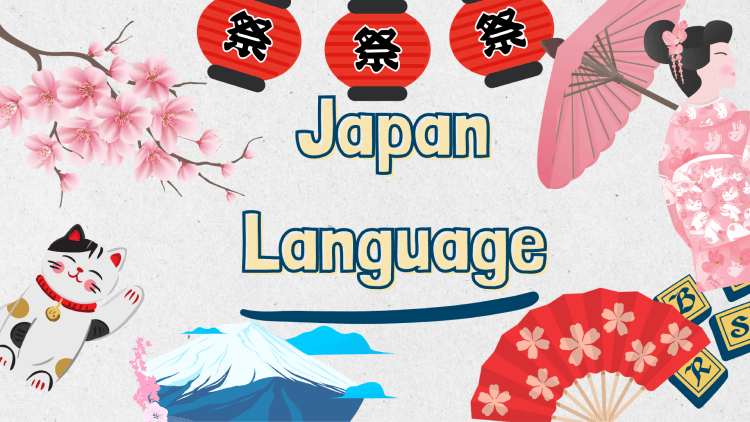
What Language Does Japan Use?
Japanese Language and Dialects
The only official language of Japan is – perhaps obviously – Japanese. What is perhaps less likely is that, in standard form, it’s understood around the entire nation, being based on the dialect spoken in the Tokyo region.
The squiggly geography of Japan has allowed for variations in phonetics, vocabulary, and – though to a lesser degree – grammar to develop across the country, with the Kansai region (which includes cities like Osaka and Kyoto) speaking Kansai-ben, a dialect marked not just by intonation but by shifts in expression, and Tohoku in the north featuring such drastically different variants that some are incomprehensible to visitors.
The Ryukyu Islands, home to Okinawa, speak languages that are often considered separate from Japanese, although this is more political than linguistic.
Evolution of the Japanese Language
The true origins of Japanese are largely lost to time, with no verifiable parent language identified. Some linguistic theories place Japanese in an Altaic language family that potentially includes Korean, Turkish, and Mongolian, but neither is concrete nor universally agreed upon.
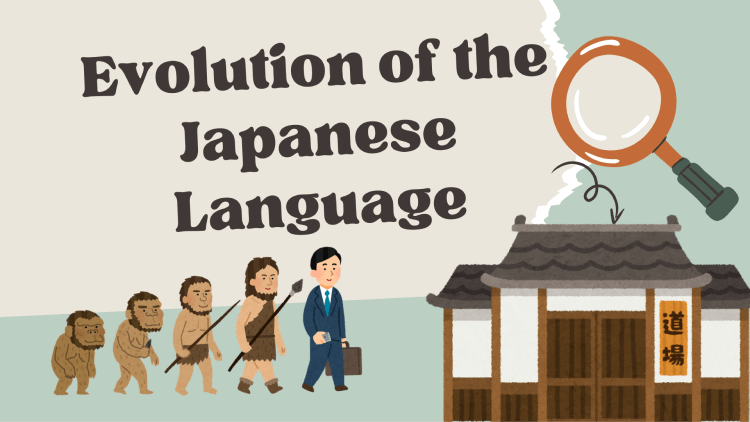
Textually, Japanese first appeared in Chinese historical writings of the 3rd and 4th centuries, evolving thereafter; by the Nara period in the 8th century, Hiragana and Katakana – adapted scripts using Chinese characters for their phonetic value more than meaning, to fit Japanese's drastically different grammatical structure – were in use.
The Heian period of the 8th-12th centuries saw an explosion of Japanese literature, including works such as The Tale of Genji, which helped establish a literary form unique from the Chinese works that had primarily influenced Japanese writings until that time.
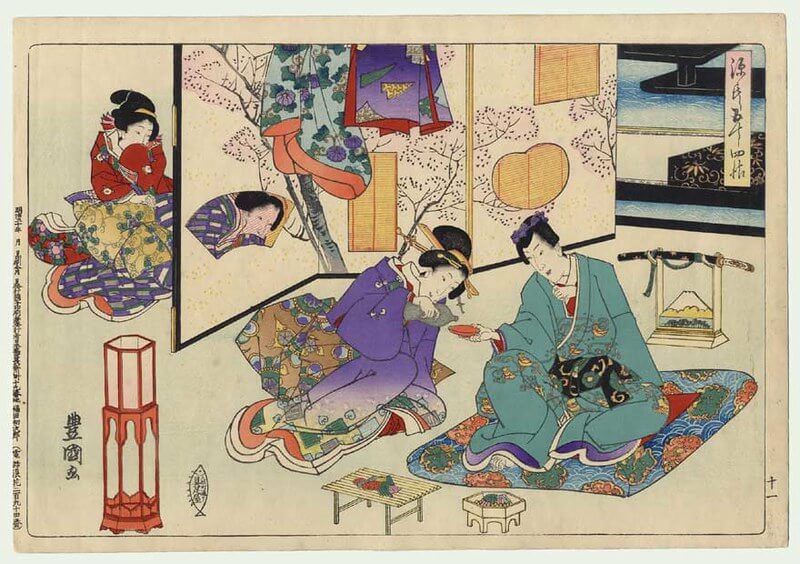
Over the centuries, the language has seen numerous shifts and changes, with one of the most radical periods of evolution being the late 19th and early 20th centuries, when Japan opened itself up to Western (read: largely American) influences.the 1868-1912 Meiji Restoration in particular saw a boom in loanwords, most often from English, due to the rapid introduction of Western concepts and technologies into Japan, requiring a rush of new terms to be integrated into Japanese.
These accumulations have layered Japanese with different registers and tones, making it an interest to linguists and language students, and a challenge to learn.
Pronunciation and Writing Systems in Japanese
Alphabet
Pronunciation can be a stumbling block for learners, as Japanese has a pitch accent system and a few sounds that aren't present in most Western languages. To break it down into something a bit more accessible, the Japanese phonetic alphabets are:
Hiragana: Used for native Japanese words.
Katakana: Used for foreign loanwords or for emphasis.
Romaji: The Roman alphabet. While this isn’t used in normal written Japanese, it can be a good stepping stone for beginners, especially if you’re more familiar with Western languages.
Japanese (Hiragana) | Pronunciation | English Comparison |
あ | a | like 'a' in "father" |
い | i | like 'ee' in "see" |
う | u | like 'oo' in "moon" |
え | e | like 'e' in "net" |
お | o | like 'o' in "note" |
How Japanese is Written
The Japanese writing system is a blend of three scripts—Kanji, Hiragana, and Katakana—all with distinct functions.
Kanji are logographic characters borrowed from Chinese, with each character representing a word or concept. They are key to understanding written Japanese, and are employed heavily in literature, official publications, and newspapers.
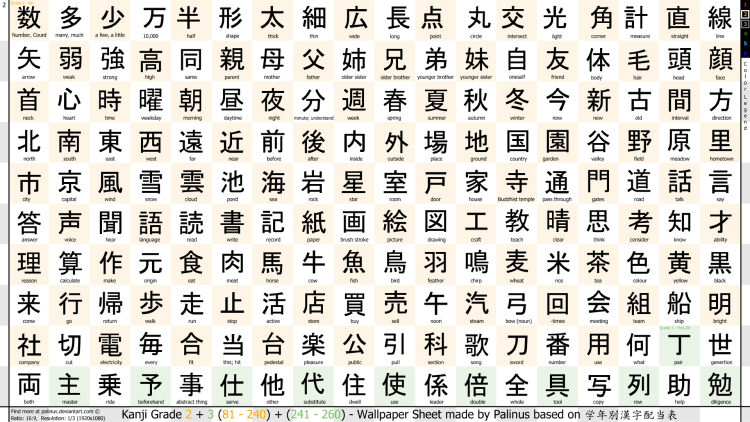
Hiragana is phonetic, and is used predominantly for native Japanese vocabulary, grammatical purposes, and any words not represented by Kanji. Its flowing, round style is often seen in children's books, and is the first script newcomers typically learn.
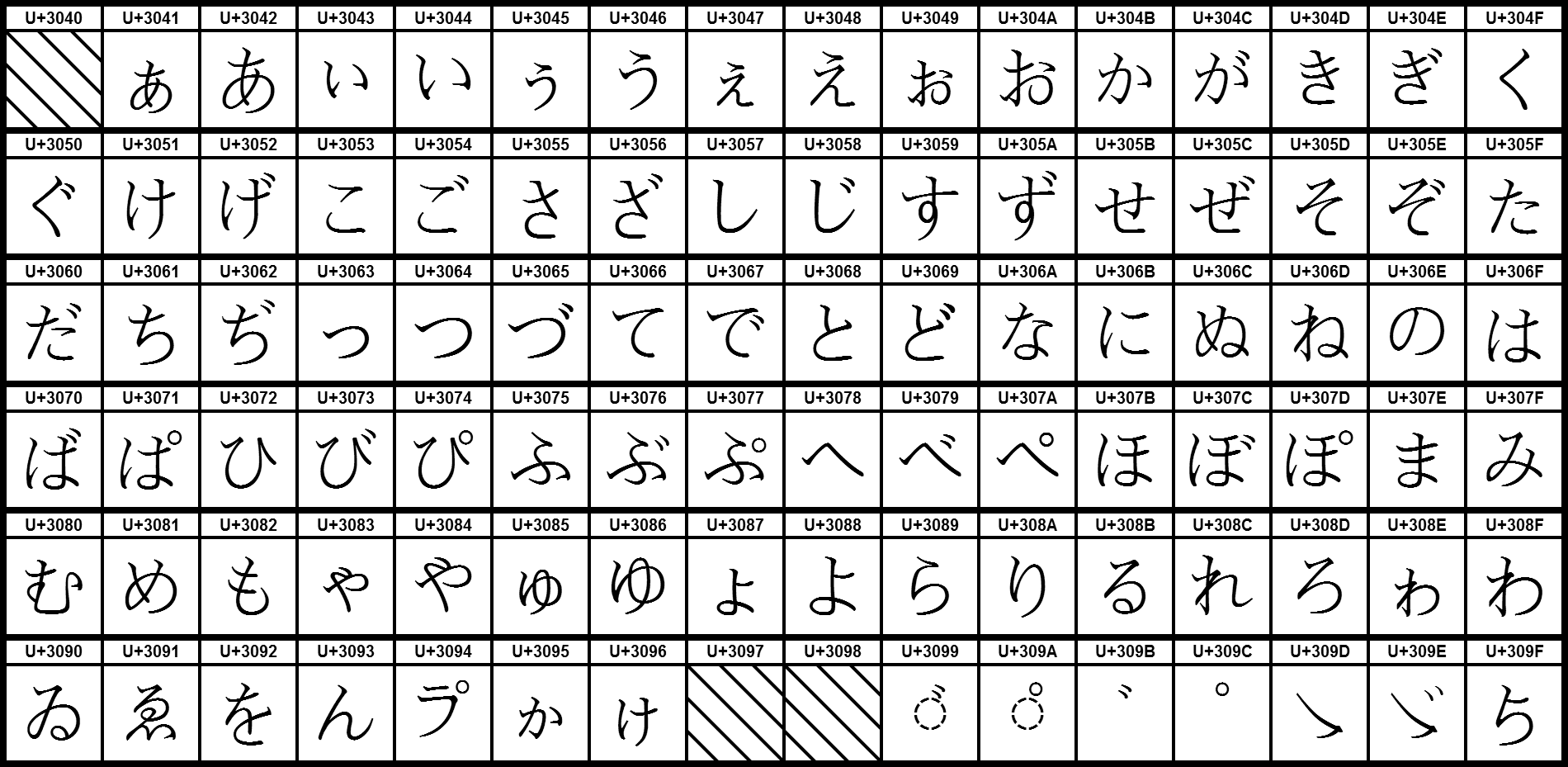
Katakana is also phonetic, and is used mainly for foreign words, technical terminology, and – somewhat similar to italics in Western typsetting – to add emphasis to words. Its characters are more angular than Hiragana.
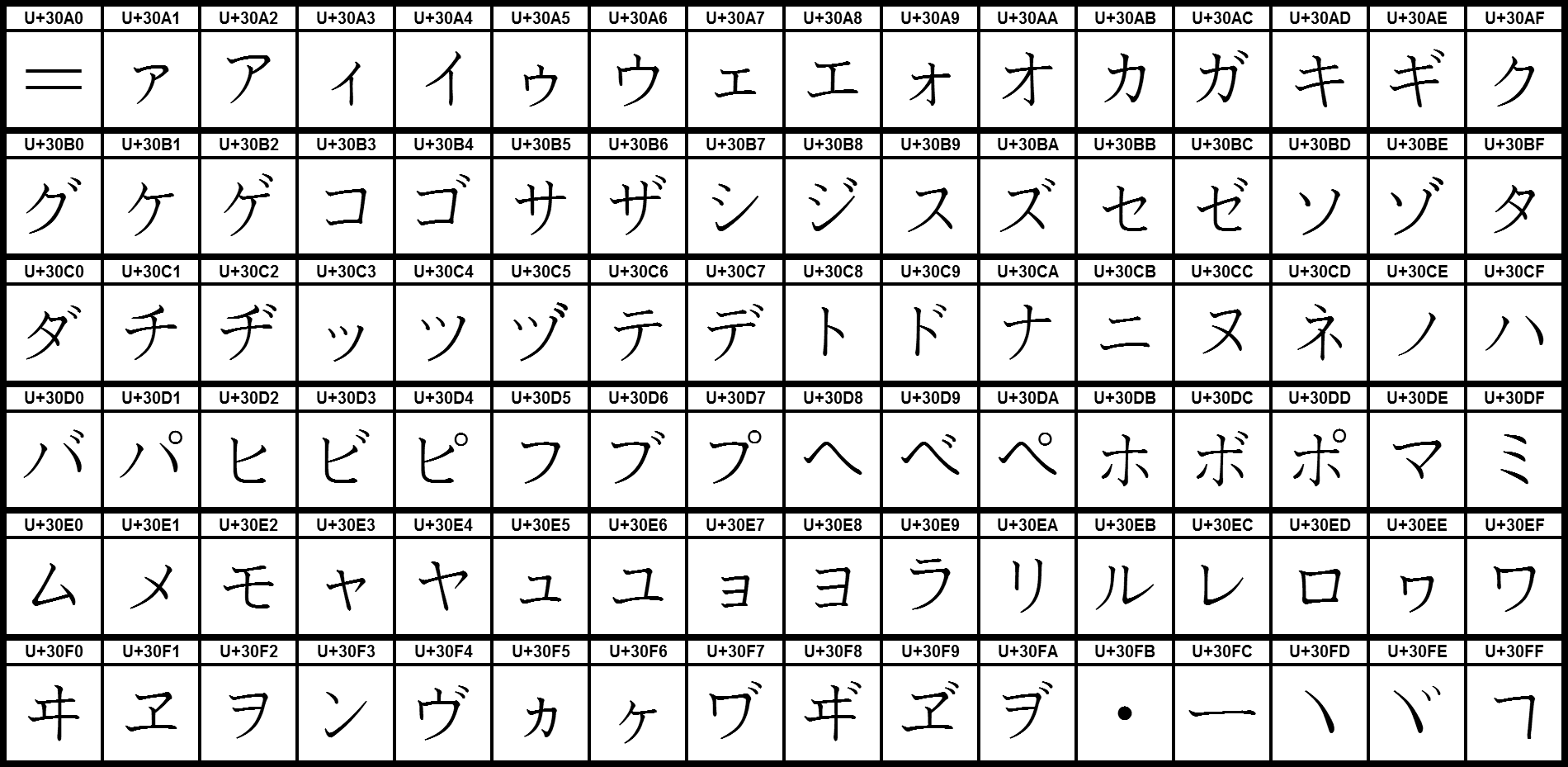
Most Common Japanese Phrases for Travelers
Greetings
Here are essential Japanese greetings to help you connect with locals:
Japanese | Pronunciation | English Meaning |
こんにちは | Konnichiwa | Hello |
さようなら | Sayonara | Goodbye |
ありがとうございます | Arigatou gozaimasu | Thank you |
すみません | Sumimasen | Excuse me / Sorry |
Numbers
Learning how to count in Japanese is one of the basic skills you’ll need for shopping, traveling, or dining out. Here’s a fast guide:
一 (ichi) – one
二 (ni) – two
三 (san) – three
十 (jū) – ten
百 (hyaku) – one hundred
Loanwords
With a lot of English borrowed into Japanese, some phrases will be comfortable for English speakers:
コーヒー (kōhī) – coffee
ホテル (hoteru) – hotel
タクシー (takushī) – taxi
How to Learn Japanese
Is Japanese hard to learn?
Japanese can appear intimidating due to its unique script and myriad levels of politeness.
Most learners start with the “Hiragana” and “Katakana” syllabaries, the basics necessary for reading and writing. If you’re interested in more, there are plenty of free courses online to help jumpstart your learning.
FAQ:
What religion is Japan?
Taking a spiritual journey through Shintoism and Buddhism.
Do Japanese celebrate Christmas?
Yes, Japanese people celebrate Christmas. A holiday season filled with romance and lights, rather than its religious roots.
Do Shintoists worship a god?
The focus is more on reverence towards spirits or kami, embodying nature and ancestors.
How cold is Japan in November?
Bring a scarf! November in Japan brings a crisp chill to Tokyo and snowflakes to Hokkaido, marking the cool onset of winter. It's the perfect time to experience the autumn leaves across the country, with temperatures ranging from brisk to freezing depending on the region.
Summary:
Learning the language of Japan adds immeasurably to any visit, and helps you understand a little more of the country’s culture.
Whether you’re mastering everyday introductions or exploring the writing system, each step towards learning Japanese opens up a window into Japan’s heart.
Begin your studies now, and add an extra connection to the Land of the Rising Sun on your next trip!
